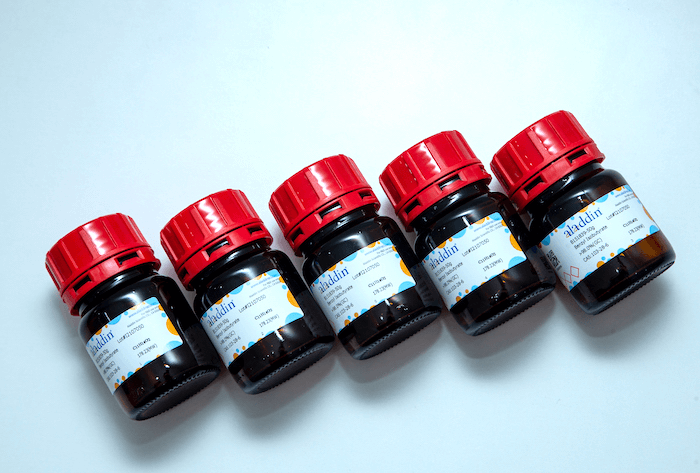计算溶液所需的质量、体积或浓度。
UltraBio™ Anti-MBP Magnetic Beads (Anti-MBP磁珠)
库存信息
库存信息
| 货号 (SKU) | 包装规格 | 是否现货 | 价格 | 数量 |
|---|---|---|---|---|
| A751542-500μl |
500μL |
期货  |
| |
| A751542-2ml |
2ml |
期货  |
|
 首页
首页 400-620-6333
400-620-6333


